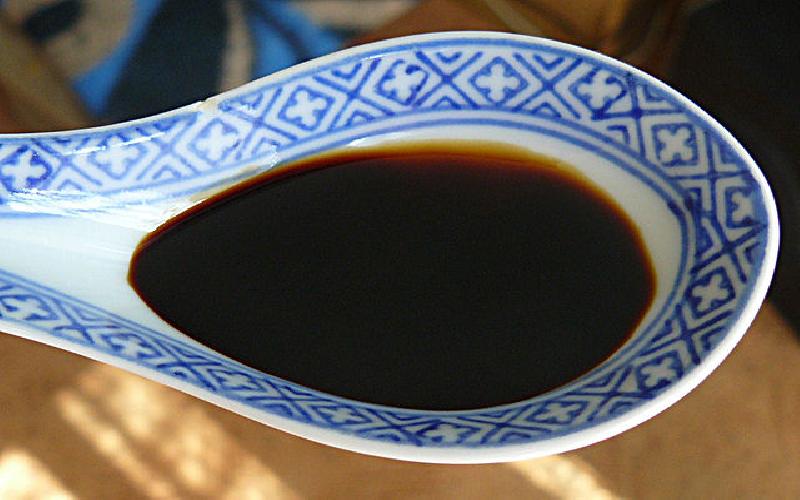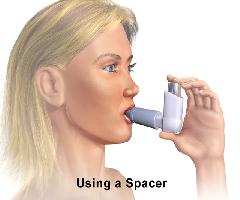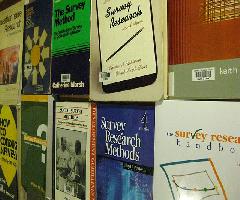Soya bean is perhaps the most important non cereal vegetarian food across the world. Yet many of its characteristics are still hotly debated among the experts. While pro soya bean lobby emphasizes its advantages, there is another group insisting on its negative effects. While their little war goes on, so does the use of soy products across the globe
Benefits & Dangers of Soya Bean Consumption
Soybean derives its prominence as a food due to its high protein content of 38–45% and a high oil content of around 20% that makes it an oilseed. It has a rich content of unsaturated fatty
acids consisting of linolenic acid, linoleic acid and oleic acid. However, linolenic acid often needs to be hydrogenated or reduced by other techniques of refining to improve its taste.Soya bean contains a significant amount of alpha-linolenic acid (aLNA), an Omega-3 fatty acids. The omega-3 fatty acids have been shown to benefit many body functions, however, these benefits like inhibition of blood clotting has largely been associated with different omega-3 fatty acids eicosapentaenoic (EPA) and docosahexaenoic acid (DHA) found in fish oil. These benefits are not seen with aLNA present in soya bean.
Soybeans also contain ISOFLAVONES, namely GENISTEIN and DAIDZEIN, which are phytoestrogens, compounds with properties similar but mild to those of estrogen, the female harmone. Most of controversies of benefits and risk of soya foods surround isoflavones. Some experts consider them to be beneficial by preventing cancers, while others believe them to be carcinogenic, capable of causing hormonal disturbances and interfering with growth.
There is a large plethora of research and studies of nutritional constitution of soya bean, highlighting both advantages and disadvantages of soya product consumption. There is little consensus as to the final verdict with both sides getting locked in their vested interests, and the scientific data is still not conclusive except for demonstrating a need for much more objective research that is free from the effect of lobbies working with a bias in favour or against its use.
Arguments Highlighting Benefits Of Soya Bean Products
In 1998, the FDA granted the health claim for soy that 25 grams of soy protein a day, as part of a diet low in saturated fat and cholesterol, may reduce the risk of heart disease. This claim was based on a University of Kentucky report financed by a soy producer and marketer company, which was published in the New England Journal of Medicine (Vol. 333, No. 5) in 1995. It concluded that soy protein is correlated with significant decreases in serum cholesterol, Low Density Lipoprotein LDL (bad cholesterol) and triglyceride concentrations.
However, a 2006 American Heart Association review published in the journal 'Circulation' (January 17, 2006) has casted serious doubts on this claim regarding soy protein, but conceded that there could be health benefits associated with soya products because of their high content of polyunsaturated fats, fiber, vitamins, and minerals and low content of saturated fat.
Many claim that isoflavones present in soya bean may help reduce breast cancer by blocking the cancer-causing effects of human estrogen. Other claims that they may also prevent prostate cancer by hindering cell growth. Studies conducted at the University of Illinois, University of Texas and the University of Hong Kong suggest that isoflavones in soya products stimulate bone formation, inhibit bone resorption and prevent osteoporosis. Isoflavones can also compete at estrogen receptor sites, blocking the effect of estrogen produced by the body from exerting its full effect. This property can
have a protective effect in cases of breast cancer where the risk of cancer is increased by estrogen. Isoflavones may also have some estrogenic effect in post-menopausal women that could provide relief to menopausal symptoms.The Soy Sauce itself is considered a rich source of antioxidants, as shown by a study undertaken by researchers in the National University of Singapore, who concluded that the Chinese dark soy sauce has ten times the amount antioxidants as are there in red wine. Such high level of anti-oxidants can prevent many diseases, especially of the heart and improve longevity. Soy sauce is also rich in lactic acid bacteria is also considered to have anti-allergic properties.
Arguments highlighting Risks from Soy Foods
Soybeans are listed as having some of the highest levels of phytic acid of all legumes. Phytic acid blocks the absorption of zinc, iron, copper and magnesium. Researchers have also demonstrated that aluminium content in soy formula for infants could result in a high intake of aluminium that may lead to adverse effects.
Many studies have time and again highlighted the association of soya foods and goitre or thyroid dysfunction. In a study from Japan, published in International Journal of Epidemiology (Oct 2000; 29(5):832-6), evidence was noted for supporting the preventive role of soy against stomach cancer and heart disease death, but the evidence published in it also indicated that men who consumed lots of soy had more stomach cancer and men and women who consumed lots of soy had more colorectal cancer. Certain studies have found soy foods to be high in oxalates and likely to contribute to kidney stones. Others have implicated soy food as one of the factors in rising incidence of peanut allergies among children.
Some experts argue that soy sauce does not have the beneficial isoflavones found in other soy products like tofu. It is also argued that it can be very salty, and hence harmful for people who are prescribed a low sodium diet. Of course, there are certain low-sodium varieties of soy sauces, but then it is impossible to make soy sauce without any salt. Another danger pointed out by the United Kingdom Food Standards Agency in 2001 was the presence of a chemical called 3-MCPD (3-monochloropropane-1,2-diol) in almost 22% samples tested by it, whose levels were almost three times that considered safe by the European Union.
Conclusion
As we can see, the daggers have been drawn but the results remain inconclusive. Now, don't you worry too much about the products. As it was said earlier there are lobbies pushing on both sides, and those who are in the business of research would readily agree that the amount of research available as well as the basis of the suggestions made therein are still far from having any final word. Just a word of caution. Ladies with high risks of breast or cervical cancer should preferably discuss their soy preferences with their dietician and gynaecologists, and use of soy based infant meal and soy meal in very young children should be made with a bit of caution.
Apart from these, enjoy the taste and the nutrition of soya bean and its products.










